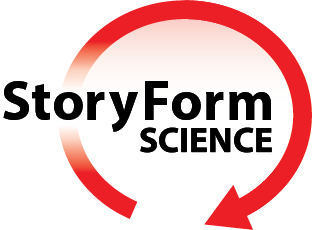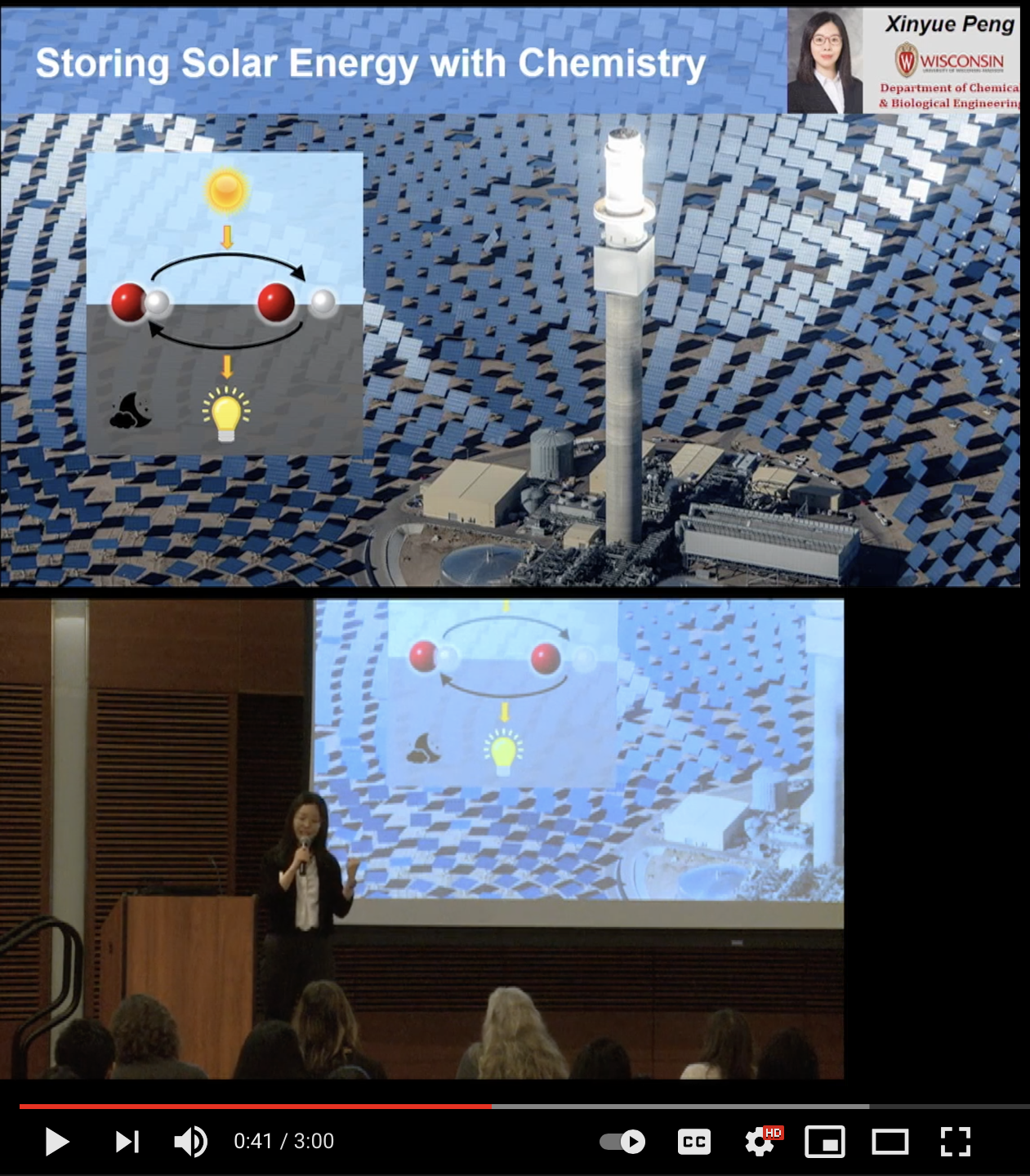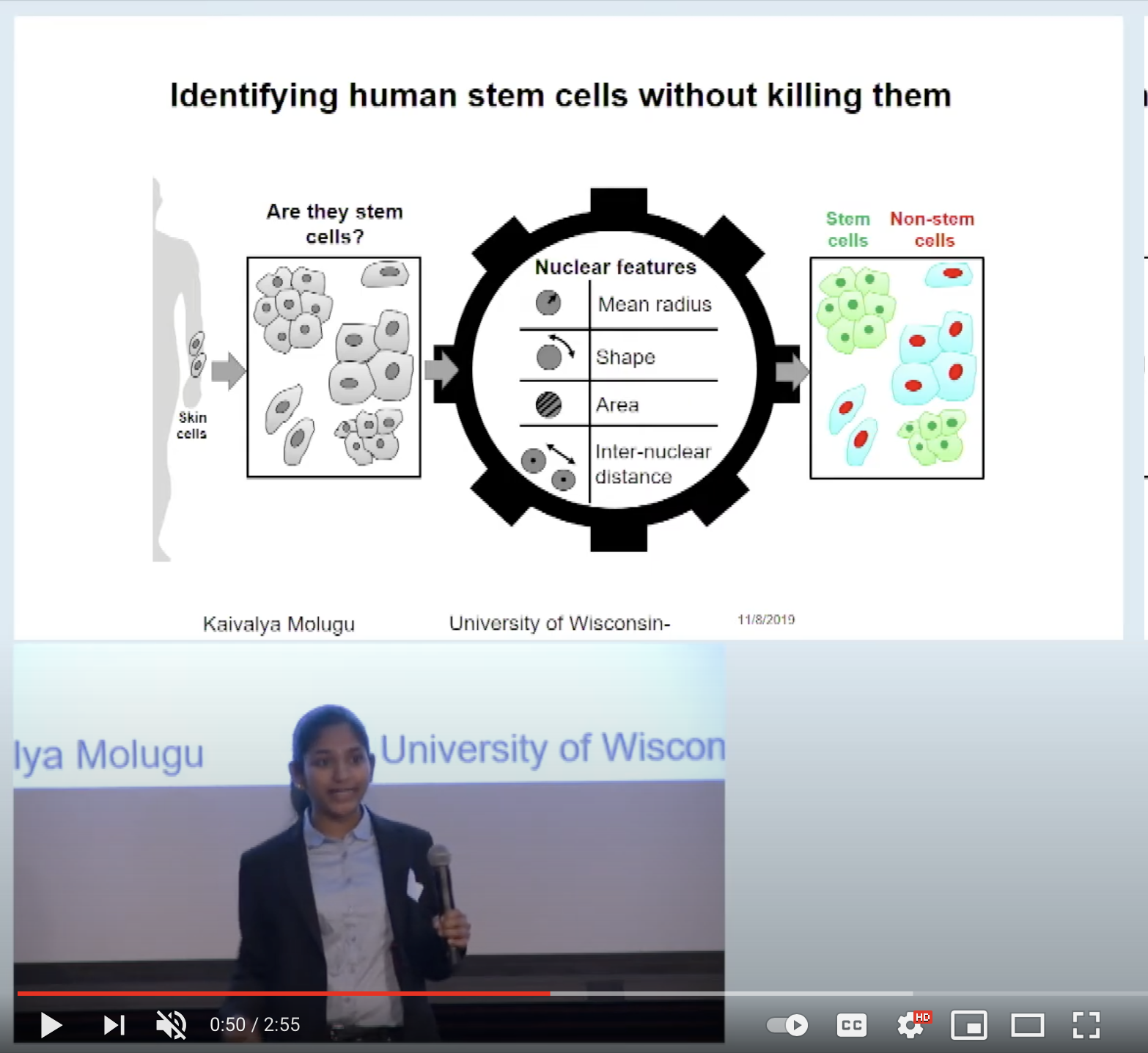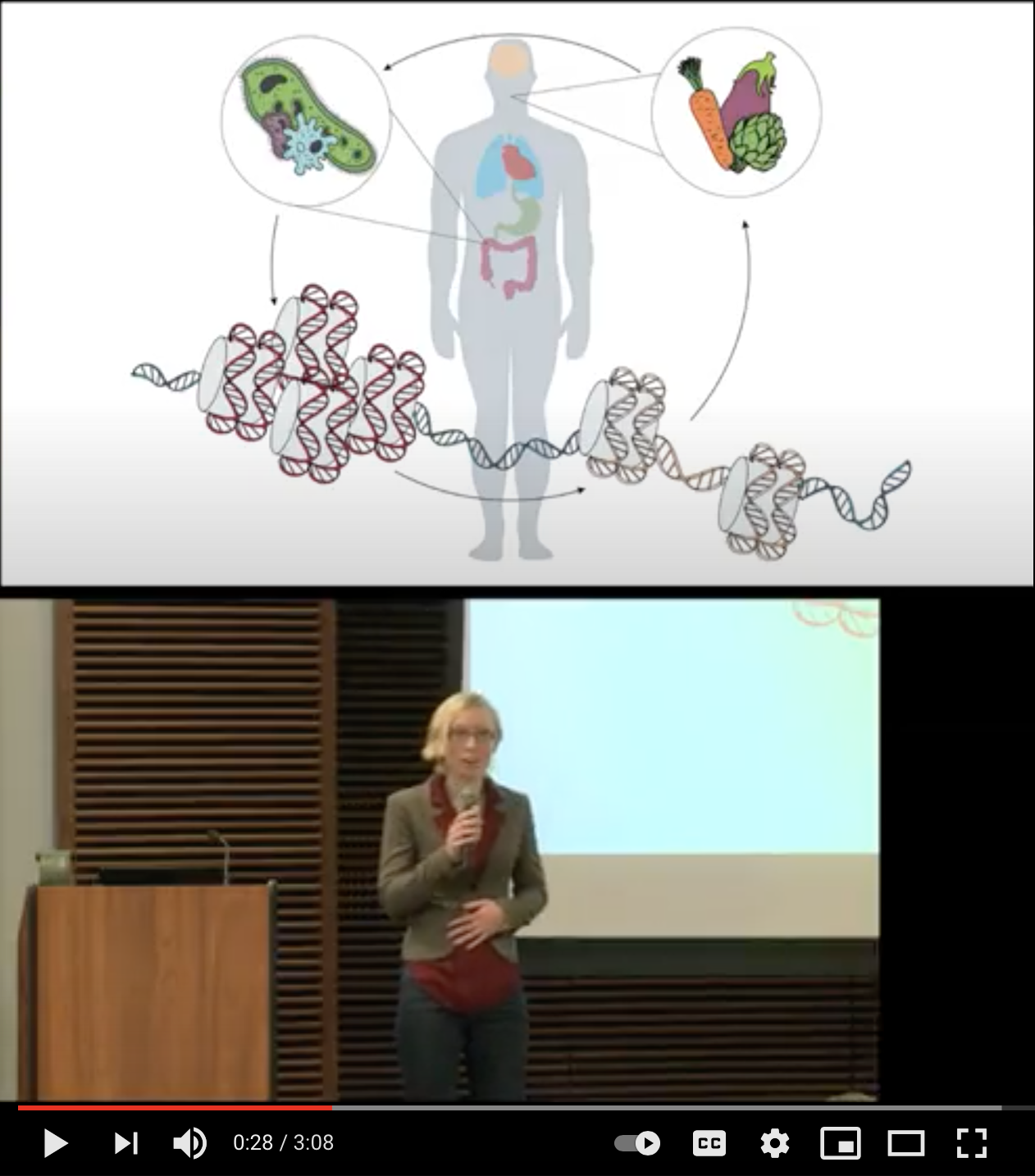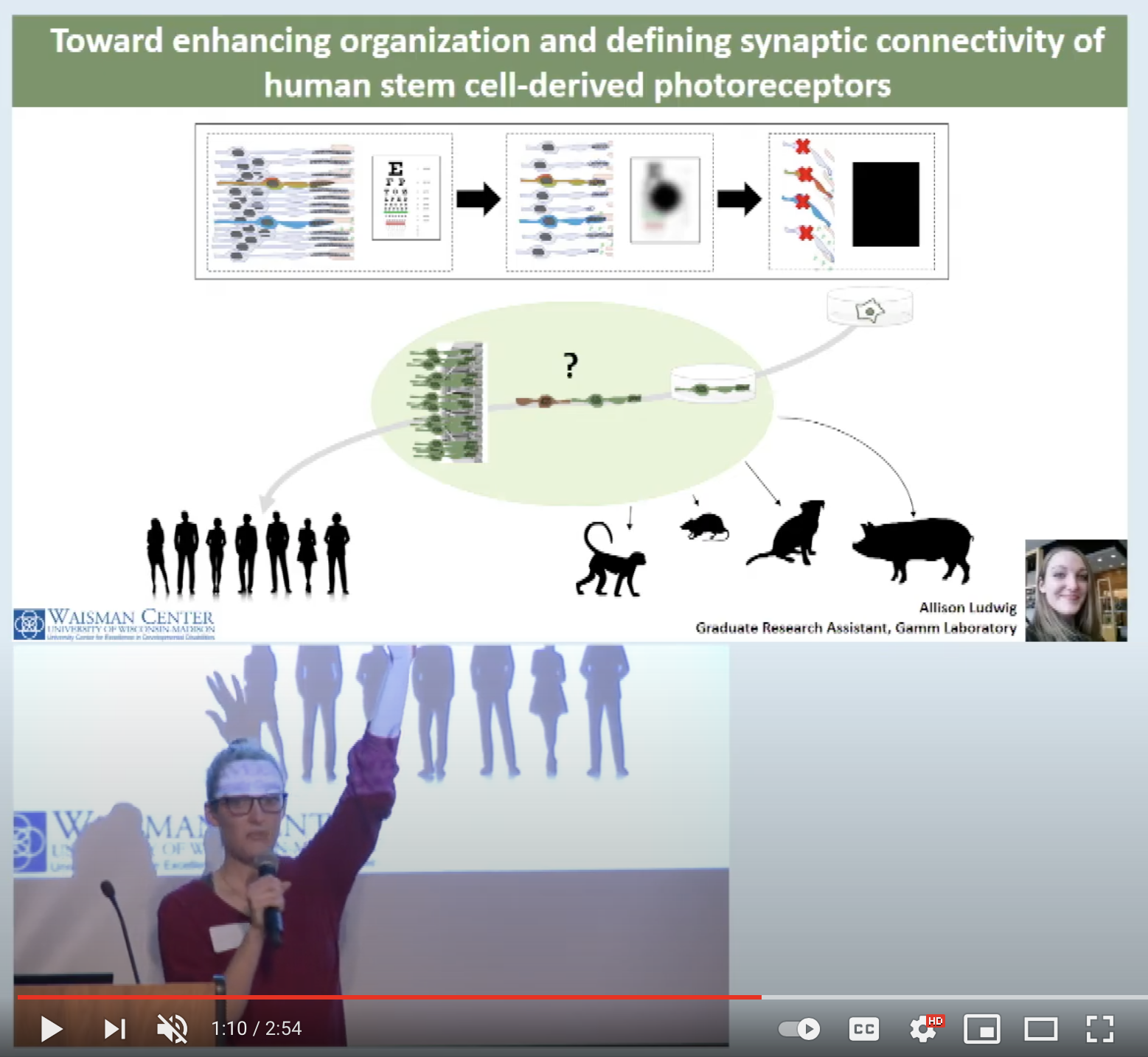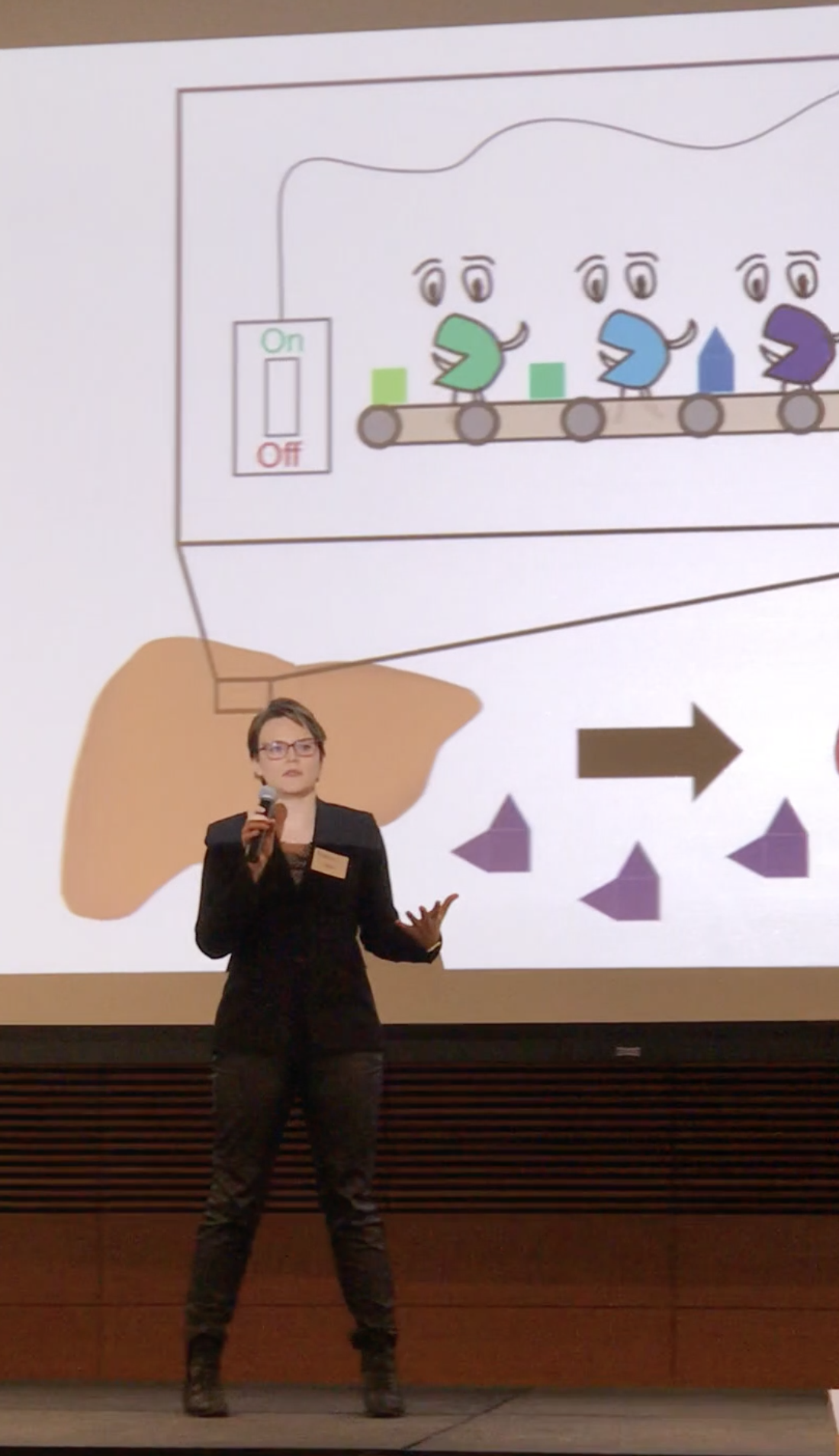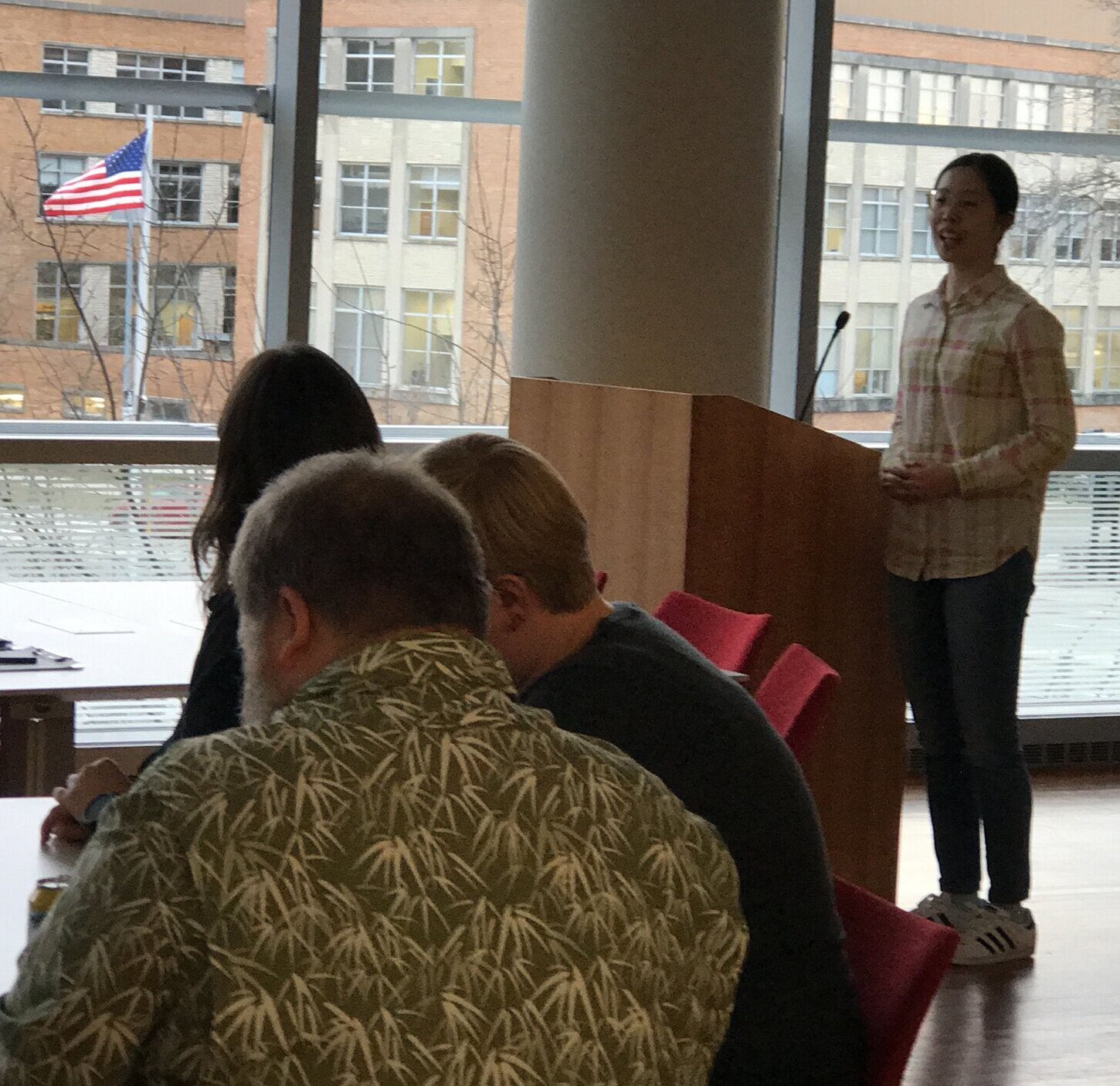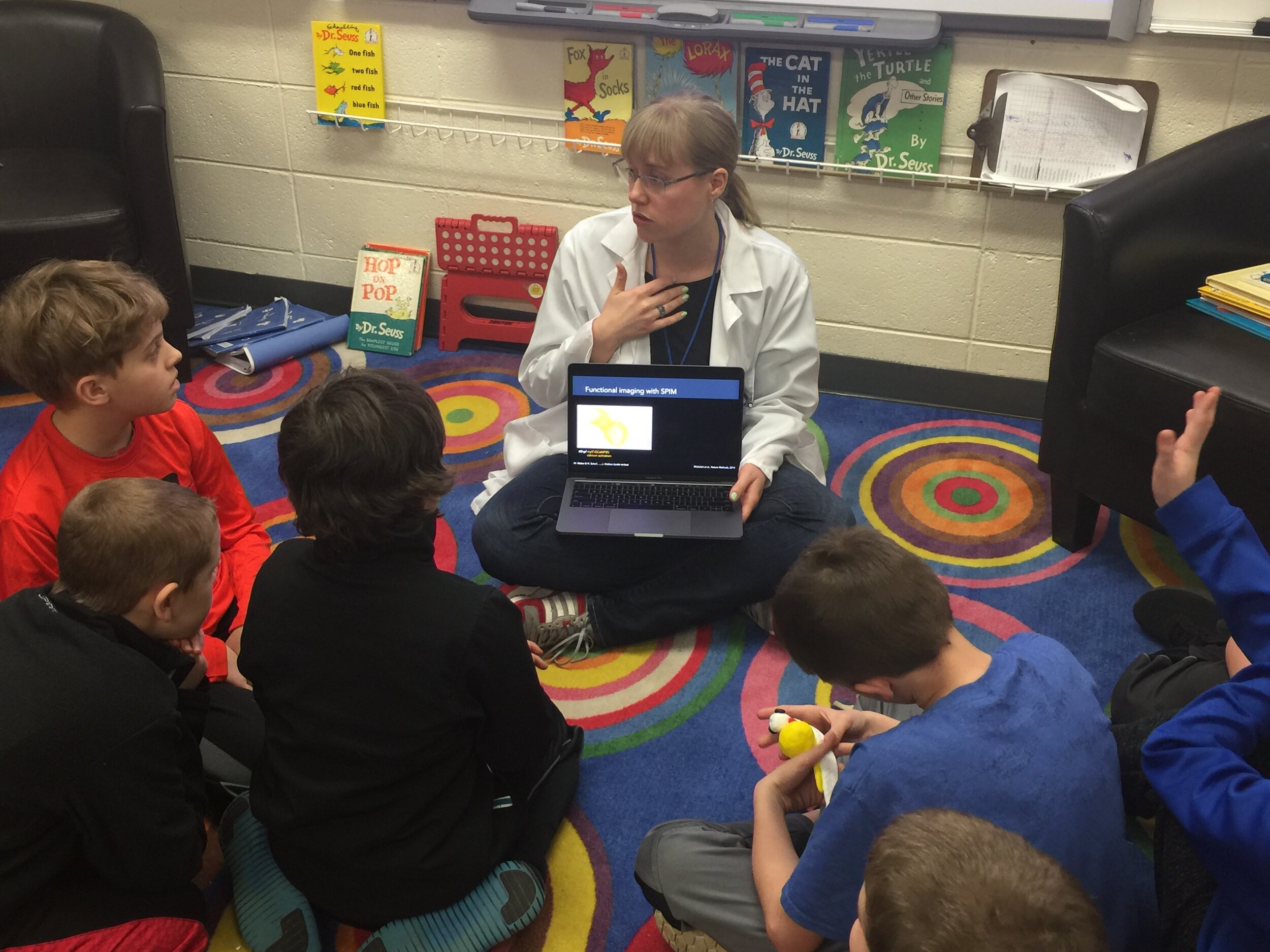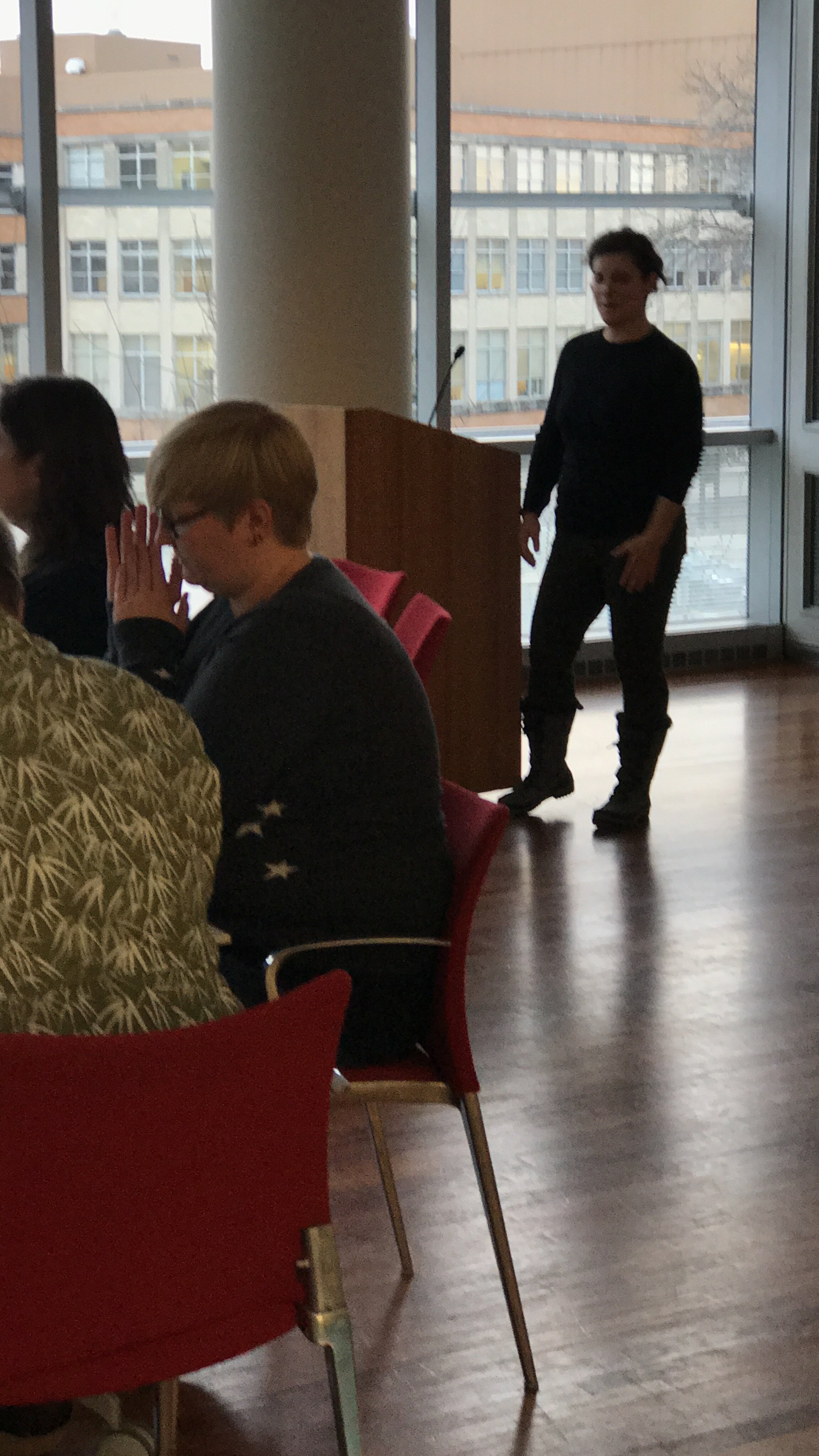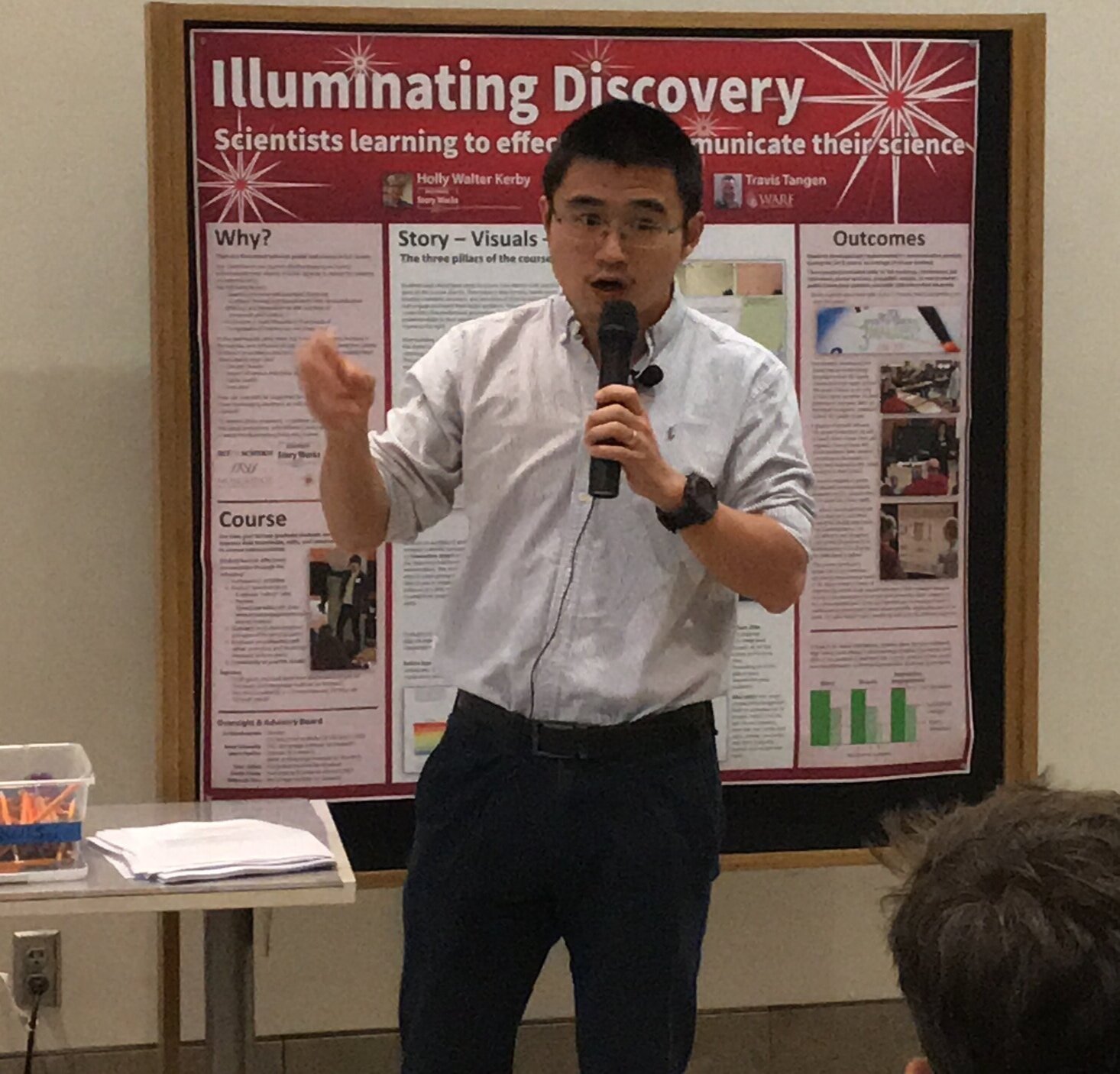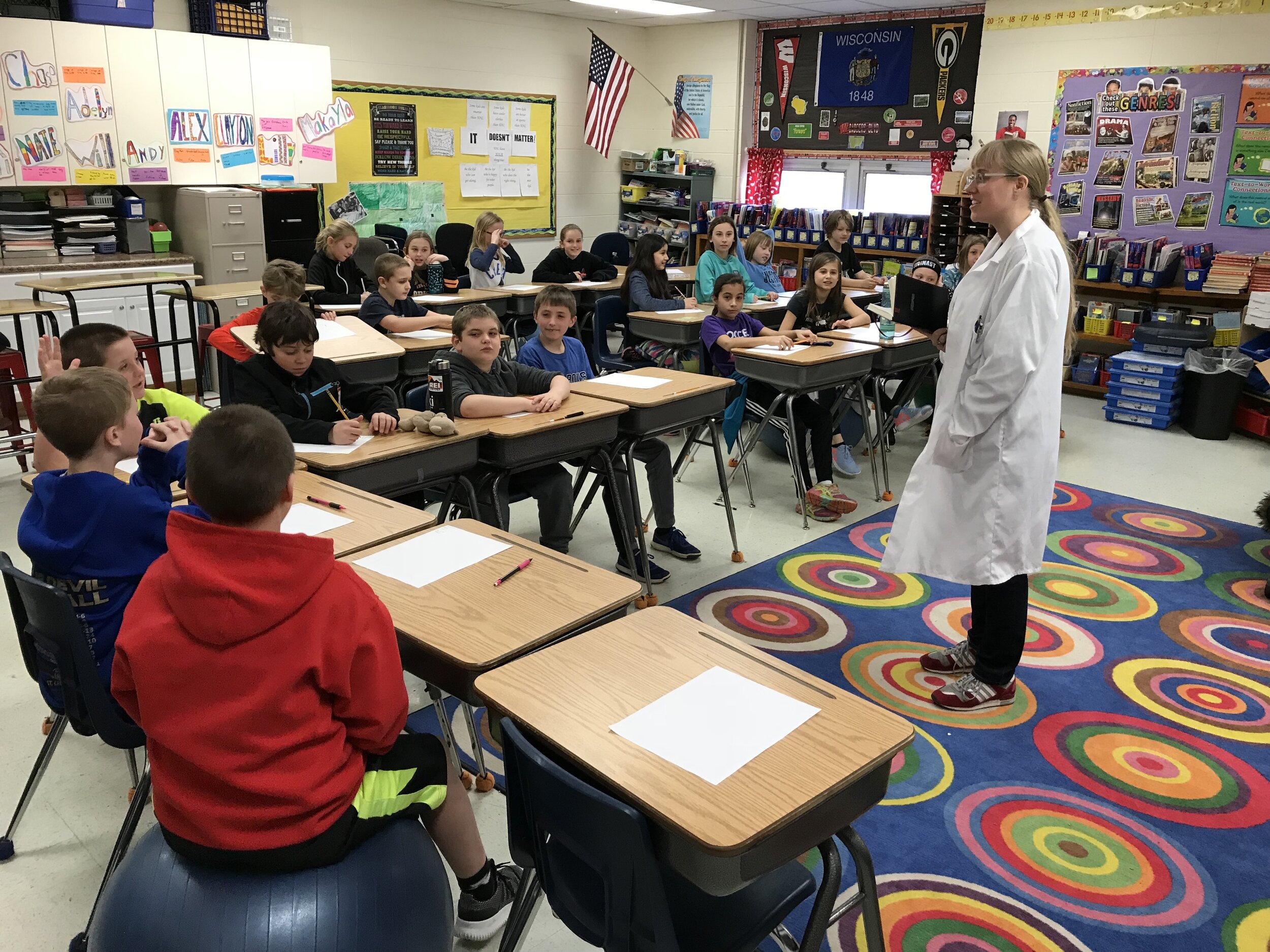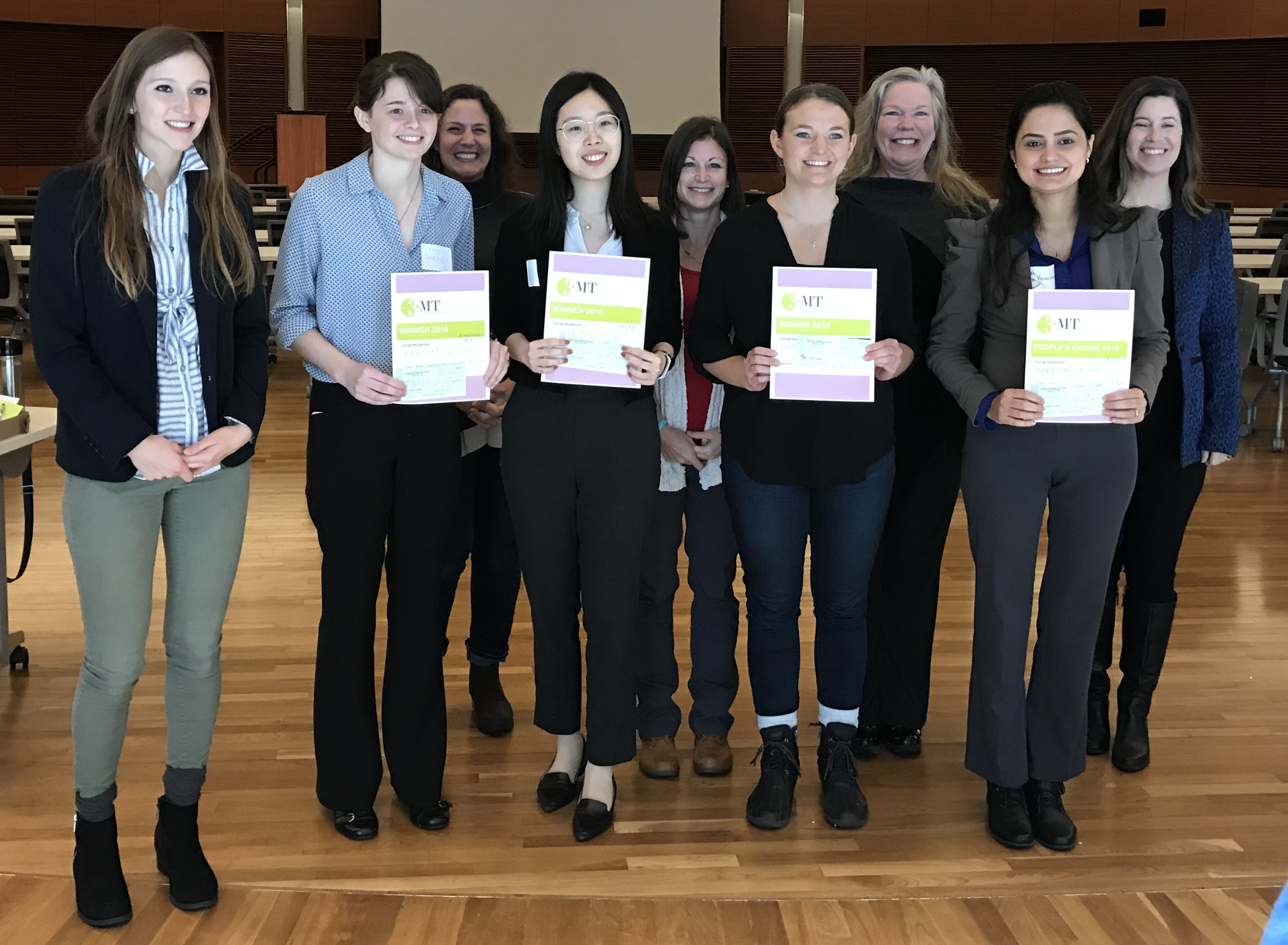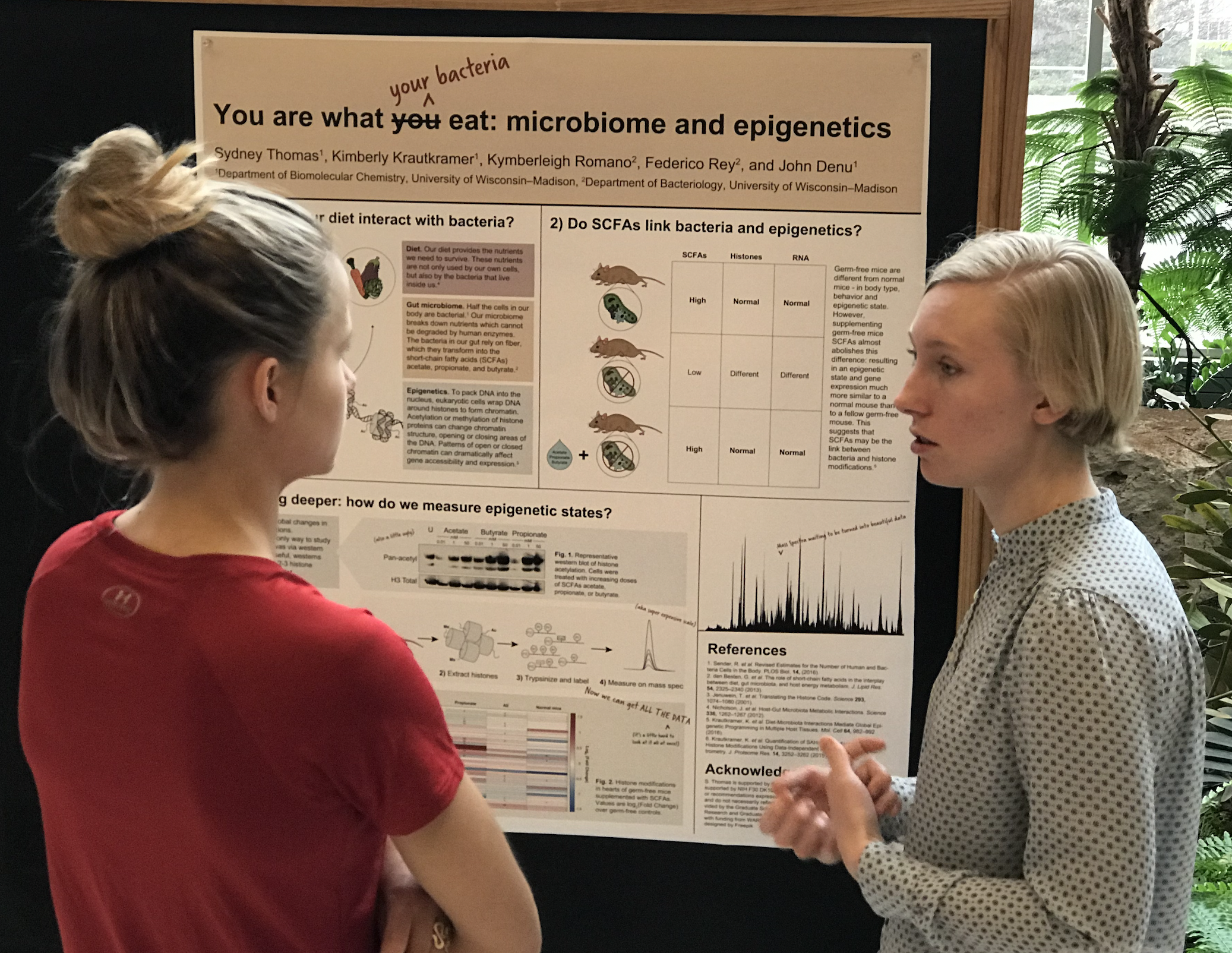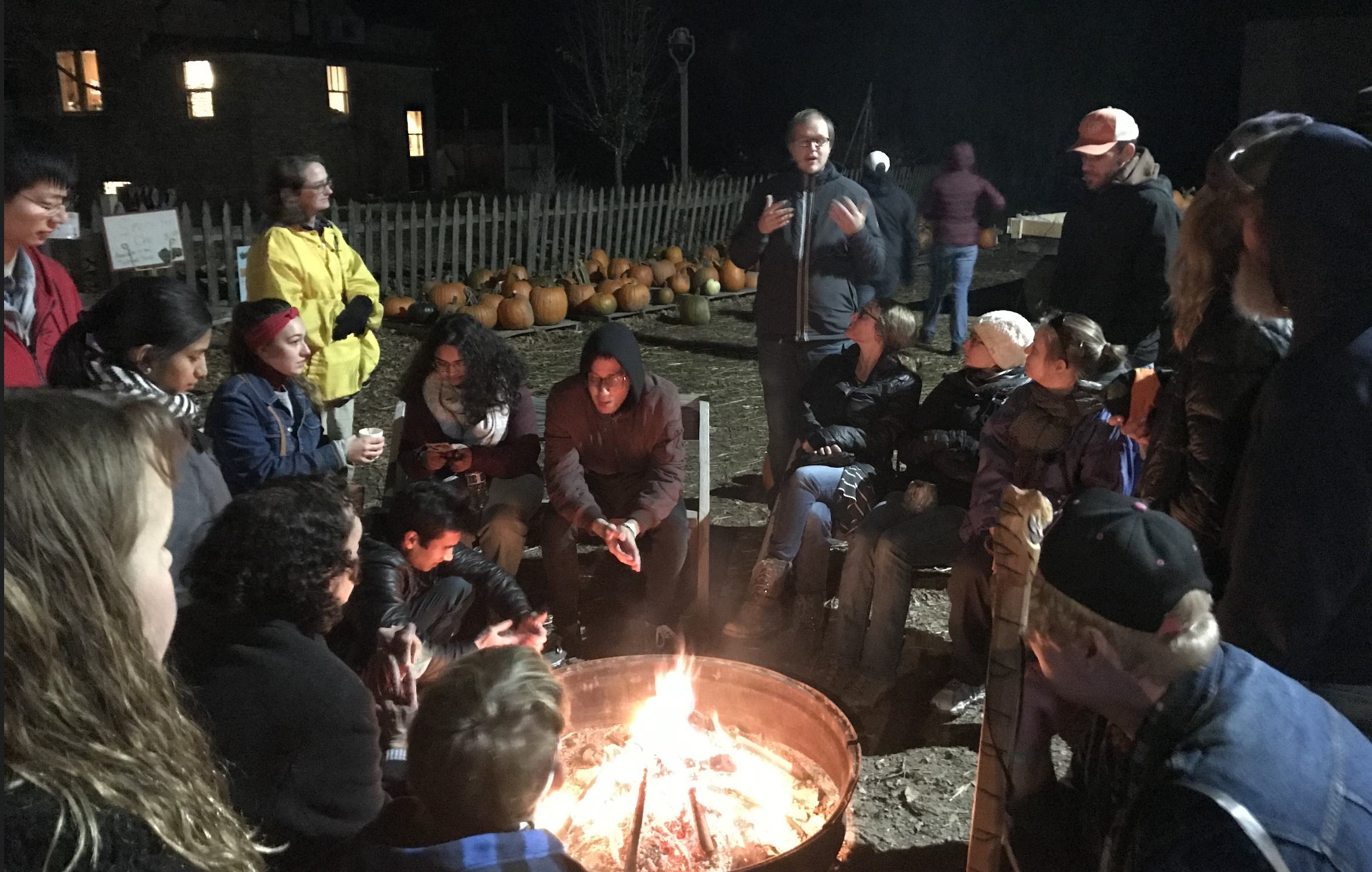Seminars, Workshops & Courses
Scientists, engineers, and medical professionals need to communicate in ways that help their audiences engage, process, understand, and remember their content. Our workshops teach participants how to do this by creating short talks, Storygraphics, posters and longer talks with slides. All these products are created using Storyform, a novel method derived from the elements, structure, and principles of story. Ninety percent of all participants report that these workshops and classes had a significant positive impact on their communication practices and increased their success in job interviews, funding competitions, and public outreach.
All courses are taught by Holly Walter Kerby and/or H. Adam Steinberg. Assessment data is available upon request.
Seminar: Introduction to StoryForm Science (50 min)
Lightening workshop: Creating a 3-minute talking in 1 hour (1 hour)
Full workshop: create and revise a short talk (3 hours)
Lightning Workshop: Creating a Storygraphic that communicates research 1 hour (1 hour)
Full workshop: create and revise a storygraphic (2 hours)
Short Courses: create talks, posters, storygraphics and slides (4-wk, 6-wk, or 8-wk, 3 hours/week)
Seminar: Introduction to Storyform
This presentation introduces the Storyform method and tools and shows how they are used to create highly effective and engaging presentations, slides, posters, and storygraphics. It includes multiple examples of work created by scientists from diverse fields using the Storyform Science method. The length and content of this presentation make it ideal for a seminar series or an introductory talk. It can be delivered via Zoom or in person.
Length: 50 minutes
Maximum number of participants: Unlimited
Instructors: Holly Walter Kerby and H. Adam Steinberg
Lightning Workshop: Creating a 3-minute research talk in 1 hour
In this hands-on workshop Participants receive a deck of seven 4” x 6” cards, one for every part of a simple research story. The workshop guides them through the creation of each part by drawing icons on designated cards. Participants re-organize the cards into a research “story” and use them to deliver their talk to a partner who provides feedback using the Storyform rubric. This entire process is time-pressured and gives the workshop a game-like quality.
This workshop may be augmented by additional sessions to allow participants more time to practice, get feedback, give feedback, and revise their talks.
NOTE: Another, longer version of this workshop guides non-researchers in the construction of a 3-min talk that communicates scientific content “like a story.”
Length: 1-1.5 hours
Maximum number of participants: unlimited
Videos of participants’ 3-min thesis competition talks:
Full Workshop: Create and Revise a Short Talk
This workshop introduces the Storyform method, materials, and tools and guides participants in the construction of a short talk about their research or science-related topic. This step-by-step process shows participants how to identify key elements of their work and map them on the Storyform template. Participants work in small groups to practice, give and receive feedback, and revise their presentations.
This workshop is delivered via Zoom or in person. It may be augmented by additional sessions to allow participants more time to practice, get feedback, and revise their talks.
NOTE: Another version of this workshop guides non-researchers in the construction of a short talk that communicates scientific content “like a story.”
Length: 3-4 hours
Maximum number of participants: 16
Instructors: Holly Walter Kerby, H. Adam Steinberg
Participants’ delivering their short talks:
Lightning Workshop: Create and Revise a draft Storygraphic:
an Infographic with a research story
A Storygraphic can be used as a central piece on a research poster, in place of a research poster, or as a starting point to construct slides for a research talk. It can also be used to communicate research when the author is not present.
In this hands-on workshop participants receive a template with spaces for every part of their research story. The workshop guides them through the creation of each part of the template by drawing icons in the designated spaces. Then participants use the icons and a template to assemble a draft Storygraphic and receive feedback on it from a partner using a Storyform rubric. The entire process is time-pressured and gives the workshop a game-like quality.
Length: 1-1.5 hours
Maximum number of participants: unlimited
Instructors: H. Adam Steinberg, Holly Walter Kerby
Full Workshop: Create and Revise a Final Storygraphic:
an Infographic with a research story
A Storygraphic can be used as a central piece on a research poster, in place of a research poster, or as a starting point to construct slides for a research talk. It can also be used to communicate research when the author is not present.
In this hands-on workshop participants receive a template with spaces for every part of their research story. The workshop guides them through the creation of each part of the template by drawing icons in the designated spaces. Then participants use the icons and template to assemble a draft Storygraphic and receive feedback on it from a partner using a Storyform rubric. In the second part of the workshop participants are lead through the hands-on steps needed to complete their final Storygraphic using Google Images search (or BioRender) and Microsoft PowerPoint. The entire process is time-pressured and gives the workshop a game-like quality.
This workshop is delivered via Zoom or in person. It may be augmented by additional sessions to allow participants more time to design, get feedback, and revise their infographics.
Length: 2-3 hours
Maximum number of participants: 16
Instructors: H. Adam Steinberg, Holly Walter Kerby
Examples of participants’ Storygraphics and Posters:
Short Courses: Create Talks, Posters, Storygraphics & Slides
Three different versions of our short course guide the participant through the creation, delivery, critique, and revision of three combinations of communication products.
4-week version includes a short talk and Storygraphic
6-week version includes a short talk, Storygraphic and 10-minute talk with slides
8-week version includes a short talk, Storygraphic, 10-minute talk with slides and poster
All courses teach two powerful, integrated methods to increase participants’ skill and confidence in their science communication. The first is Storyform, a method that uses the principles of story to design engaging presentations. The second, integrated visualization, employs artist’s techniques to increase audience understanding of scientific data. All courses use hands-on activities including creation of visuals and mapping out content on a Storyform template. Activities and instruction take a variety of forms including large group discussion, and small and large group feedback sessions. The table below lists the content of every week in the 4-, 6-, and 8-wk course.
Length: 4, 6, or 8 weeks
Number of participants: 16
The content of each course is shown in the table below:
|
Communication product |
Week |
Content |
|
SHORT TALK |
1 |
Intro
to STORY Creation
of Short talk Peer
feedback in small group |
|
2 |
Peer
feedback in large group |
|
|
STORYGRAPHIC |
3 |
Creation
of Storygraphic Peer
feedback in large group |
|
4 |
Peer
feedback in large group, |
|
|
10-MIN TALK with SLIDES |
5 |
Peer
feedback in large group |
|
6 |
Peer
feedback in large group |
|
|
POSTER |
7 |
Building
a Poster from your Storygraphic |
|
8 |
Peer
Feedback in large group |
